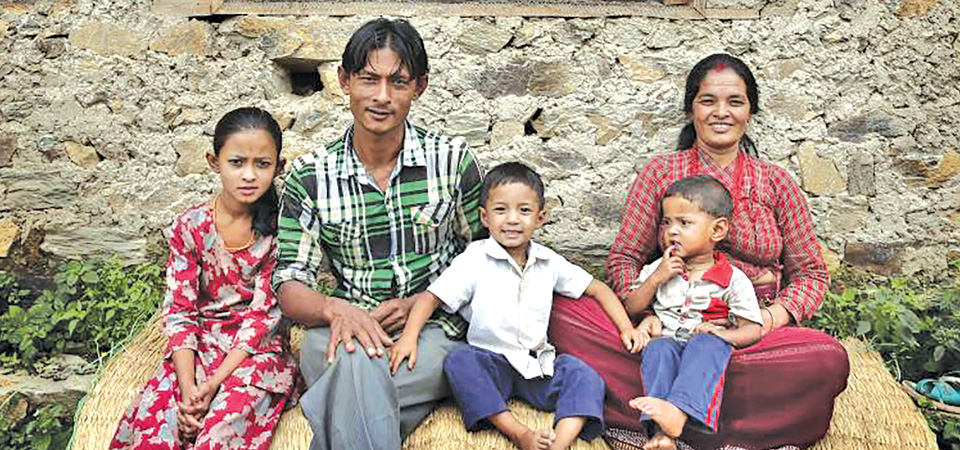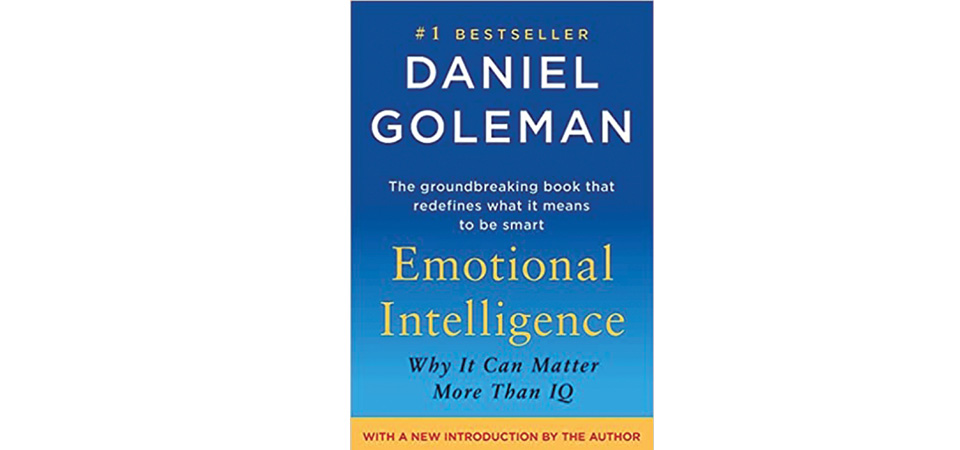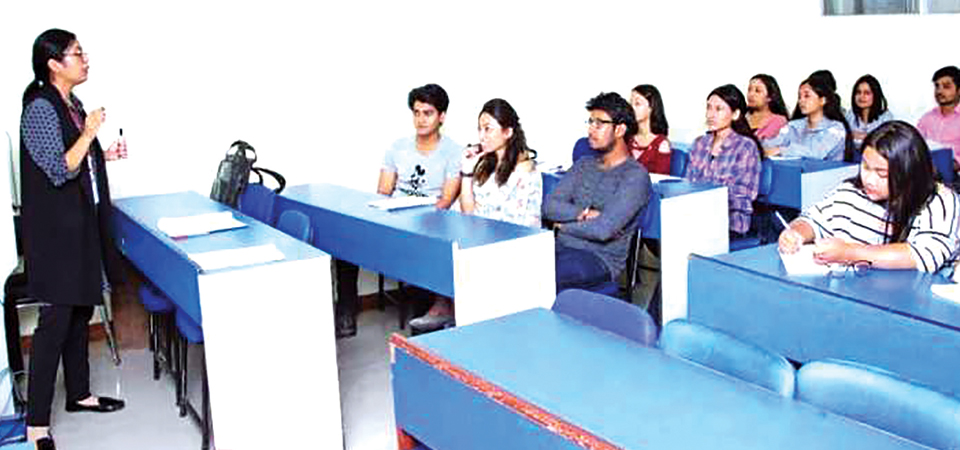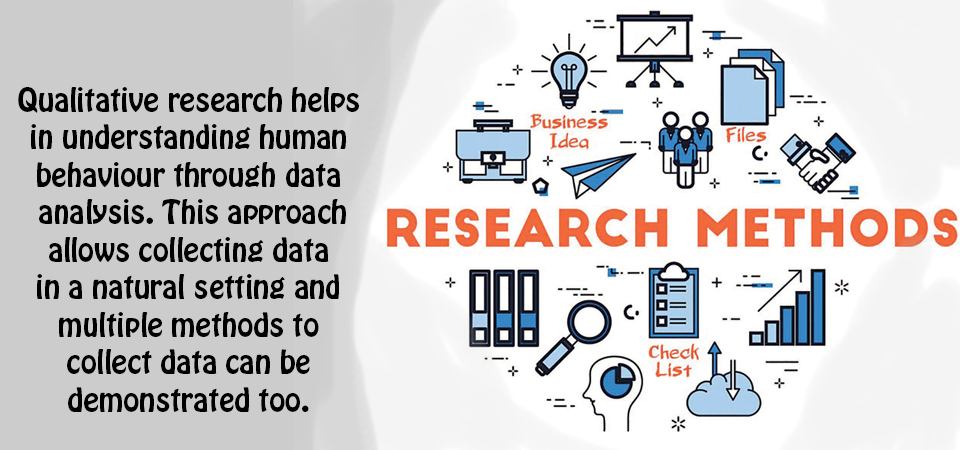Perspective On Narrative Inquiry
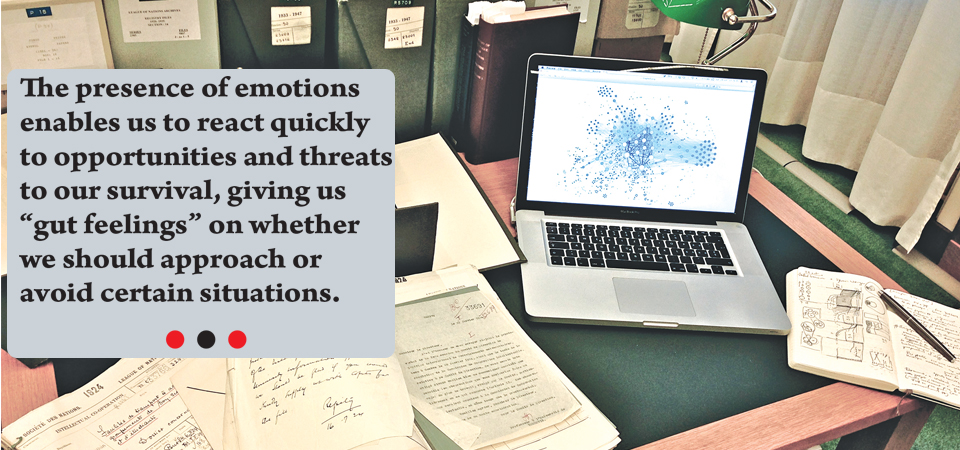
Narrative inquiry as a research method comes under the qualitative research approach in which data is collected through stories in respect to research participants’ life experiences; data should look like a story. Etherington,(2013) defines narrative inquiry as a systematic approach of collecting individuals’ stories, analysing them as told by them that challenges both traditional and modernist views of knowledge and reality.
According to Creswell (2012), narrative researchers seek to comprehend the experiences of an individual. He argues the major characteristics of narrative inquiry are: individual experiences, a chronology of the experiences, collecting individual stories, restoring, coding for themes, context or setting and collaboration with participants.
A researcher should know the strategies to make people tell their stories; for this, the researcher should begin with ‘not knowing’ position rather than expert position; and researcher in narrative inquiry follow openness, trustworthiness, high level of ethical consideration, mutual collaboration, use of reflexivity ( Etherington, 2013).
Furthermore, the researcher opined that questions asked by the researcher to the research participants should pay attention to cultural contextual that provides details of values, beliefs and habits.
The researcher who is involved to carry out research adopting narrative inquiry is interested to determine the experiences and perceptions of research participants and presenting the data in a story form ( Kramp,2003).
Research Participants
According to Clandinin and Connelly (2000), narrative inquiry involves research participants revealing their experiences that is understood through collaboration between researcher and participants which takes place at one or a series of places over time involving social interactions as well. They further argued that Narrative inquiry provides a space for the unheard ones or voiceless and through their voice problem is explored. This is one of the main advantages of narrative inquiry; however there are disadvantages too like: narrative inquiry is not an appropriate method for all kinds of inquiries, it is time consuming, there might come problems regarding ethical issues.
There are some features of narrative inquiry like retold and lived stories, applied through mainly in-depth interviews, observation; formal and informal discussion (Cladinin, &Huber, 2010). Research comprises stories of experiences, lived and told stories (Connelly &Clandinin, 1990; Pavlenko,2002). Three things count a lot in a narrative inquiry that is, temporality, spatiality and sociality. Narrative inquiry is overall concerned with the production, interpretation and representation of research participants’ lived stories (Thorp,2005).
According to Clandinin and Huber (2014 )temporality refers to the participants’ temporal position of the present, past and future that is not permanent; in this sense what is studied has a temporal position. He further refers to spatiality as a place where social interactions with participants are gathered that comprises their experiences, and sociality is connected with social interactions and environment that carry huge importance while collecting the interview. The main purpose of narrative inquiry is concerned with collecting an individual’s experiences through storytelling.
According to Clandinin & Caine, (2013) narrative inquiry begins with revealing the researcher’s own stories of experience since it is an ongoing of both reflexive and reflective methodology; and before conducting the study, researchers need to undergo a reflective inquiry process to understand research phenomenon. They argued that narrative inquirers first seek to inquire their own stories and then move towards exploring participants’ stories; in this sense, narrative inquiries have both autobiographical narrative groundings and theoretical groundings.
Further, they opined narrative inquiry is a relational methodology where ethical considerations should be well maintained. Coulter, et al; (2007) in their study “Storytelling as Pedagogy: An Unexpected Outcome of Narrative Inquiry “ examines the application of narrative research methods as pedagogical strategies in pre-service teacher education for professional development. For this two participants were selected: ESL pre-service teacher and Bilingual Pre-service teacher were selected, and narrative inquiry as a pedagogical tool was examined from the perspectives of both ESL and Bilingual Pre-service teachers.
The researchers recognise the importance of narrative inquiry as a practical approach in conducting qualitative research. The main purpose of the study was to explore how the use of narrative research methods can serve as pedagogical strategies in pre-service teacher education to assist the teacher in terms of reflection, questioning and learning from experiences. First, the researchers focused on storytelling as a pedagogical strategy mainly to find the answers of who has used this as a pedagogical tool and why it is an effective pedagogical practice in the field of pre-service teacher education; and second, the researchers examined the field of narrative research in term of its definition, who conducts it, how and why it is conducted in terms of pre-service teacher education.
Useful Storytelling
In a literature review, the researchers provided elaborative concepts on storytelling in terms of how it is useful in an educational process through citing the views of different authors, background information about the study that included the information about participants in terms of their introduction, how they were chosen, data collection procedures, how they were interpreted and presented. Through conducting this study, the researcher aimed to help the teachers for their professional development through their perspectives on past, present and future implications in related teaching strategies.
The researchers for data collection and analysis interviewed the two participants who were teachers and made an observation too. Further, data were synthesized which is emerged in the plot and the story is tested with a collaboration between the researcher and the participants and finally interpreted and presented. In the very process of data collection, the researchers also collected written copies of all the participants including reflections, journals, their philosophical concept of teaching to the students of different levels.
(The writer teaches English at Kathmandu colleges)
Recent News

Do not make expressions casting dout on election: EC
14 Apr, 2022
CM Bhatta says may New Year 2079 BS inspire positive thinking
14 Apr, 2022
Three new cases, 44 recoveries in 24 hours
14 Apr, 2022
689 climbers of 84 teams so far acquire permits for climbing various peaks this spring season
14 Apr, 2022
How the rising cost of living crisis is impacting Nepal
14 Apr, 2022
US military confirms an interstellar meteor collided with Earth
14 Apr, 2022
Valneva Covid vaccine approved for use in UK
14 Apr, 2022
Chair Prachanda highlights need of unity among Maoist, Communist forces
14 Apr, 2022
Ranbir Kapoor and Alia Bhatt: Bollywood toasts star couple on wedding
14 Apr, 2022
President Bhandari confers decorations (Photo Feature)
14 Apr, 2022





